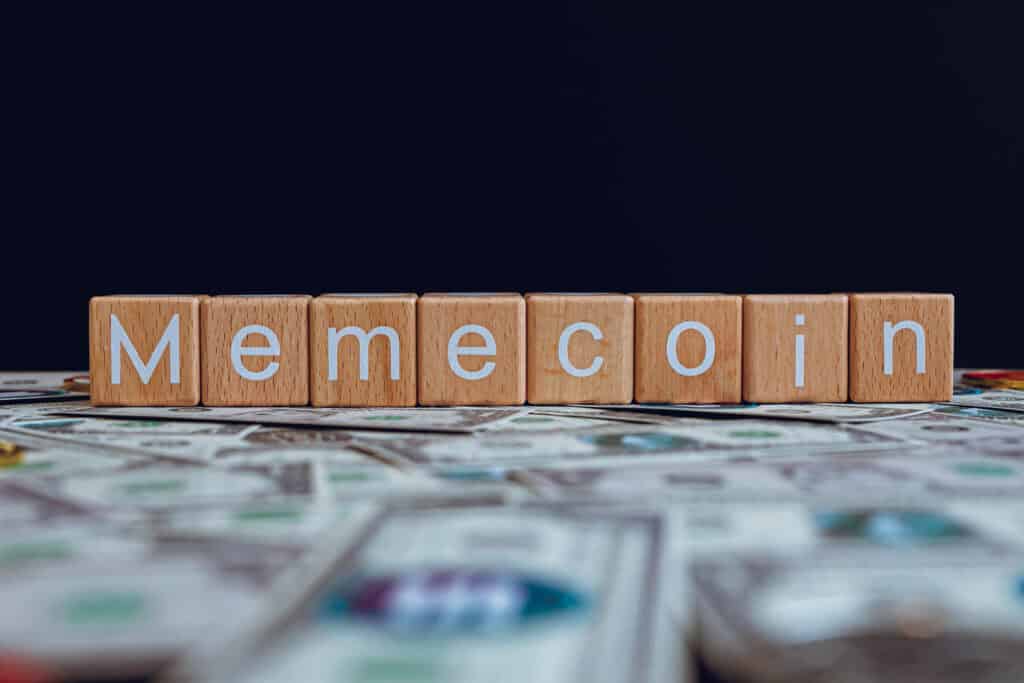
Key Takeaways:
- Lionel Messi promoted WaterCoin, a Solana-based memecoin, on Instagram, aiming to address water-related ecological issues with plans to evolve into a charity-focused currency.
- WaterCoin’s roadmap includes presale, exchange listings, and celebrity partnerships, but it lacks detailed implementation strategies, raising concerns about its speculative nature.
- Memecoins like WaterCoin can attract criticism for their risks and potential regulatory scrutiny, but proponents argue they reflect market trends and community value, with blockchain technology offering innovative environmental solutions.
Lionel Messi recently promoted WaterCoin, a Solana-based memecoin, on his Instagram.
WaterCoin aims to address water-related ecological issues and plans to evolve into a charity-focused environmental currency.
Why is Lionel Messi promoting a Solana shitcoin to his 504,000,000 followers 😭
— Farokh (@farokh) July 8, 2024
No chance he knows what’s happening right now, but also you’d assume he has a better team than this? pic.twitter.com/uchXFJgY2E
Its roadmap includes stages like presale, exchange listings, and celebrity partnerships, but it lacks detailed implementation strategies.
The token’s price action resembles “pump and dump” schemes, highlighting the risks associated with memecoins.
Memecoins are known for their speculative nature and can draw criticism for potentially harming cryptocurrency’s reputation and attracting regulatory attention.
However, proponents argue that memecoins can indicate market trends, gauge sentiment, and build community value.
Blockchain technology offers innovative solutions for environmental protection through transparency and community empowerment.
Notable examples include Samsung’s use of blockchain to track tree planting and El Salvador’s use of geothermal energy to mine Bitcoin, showcasing efforts to integrate sustainable practices within the crypto industry.

